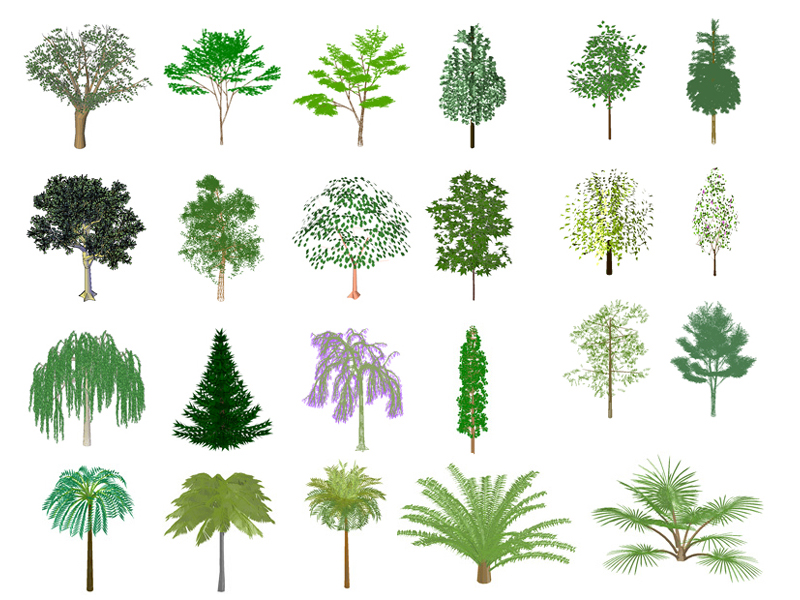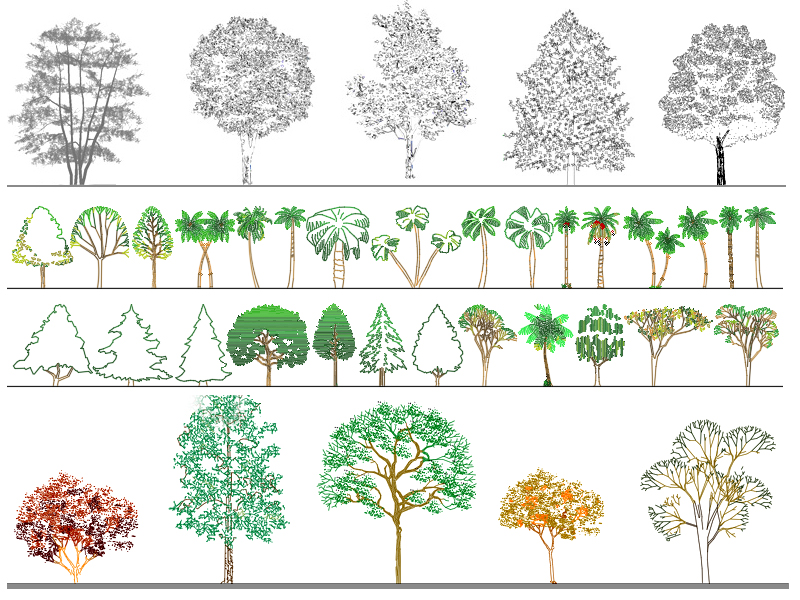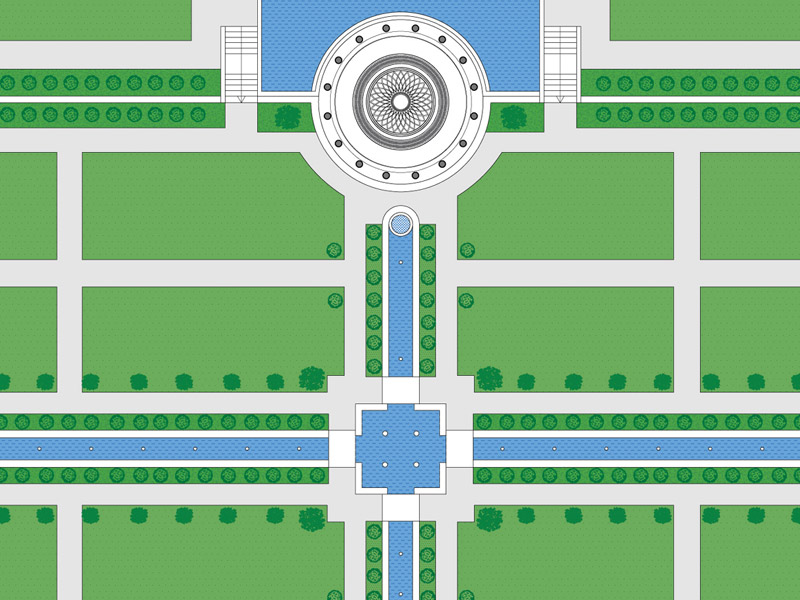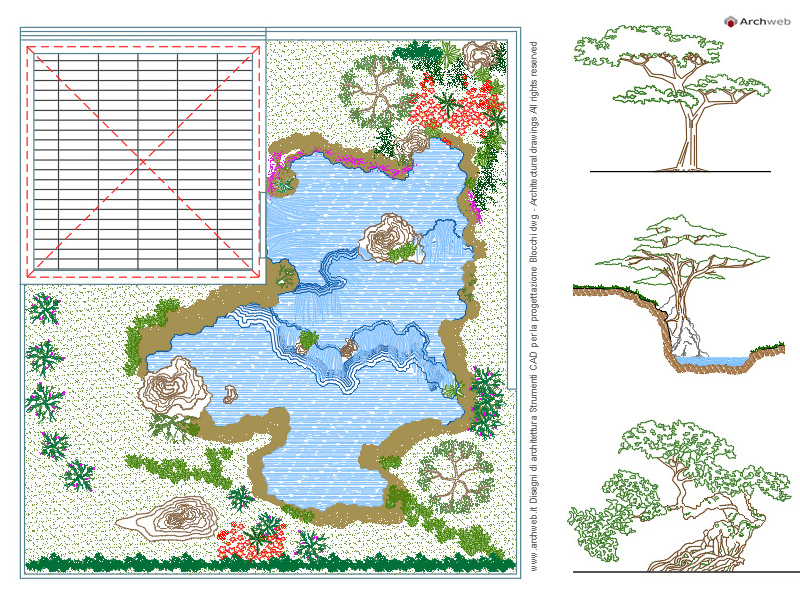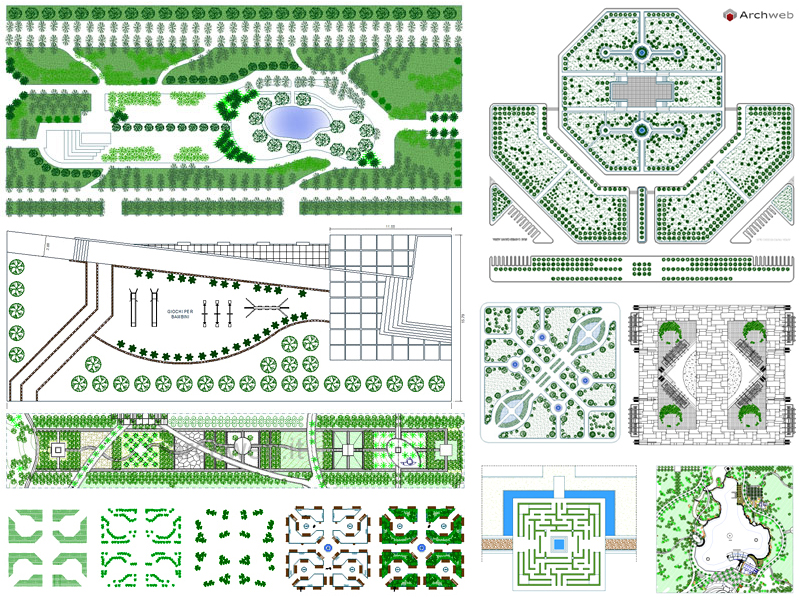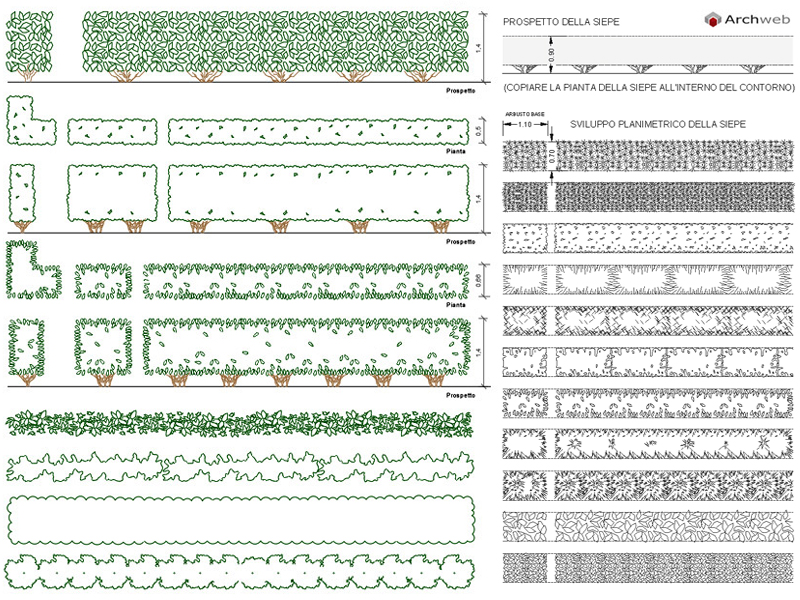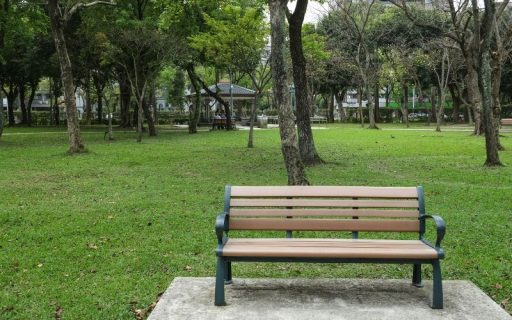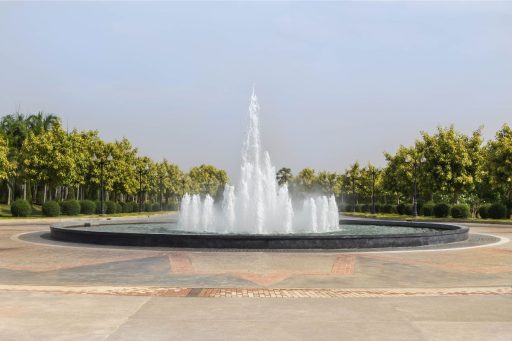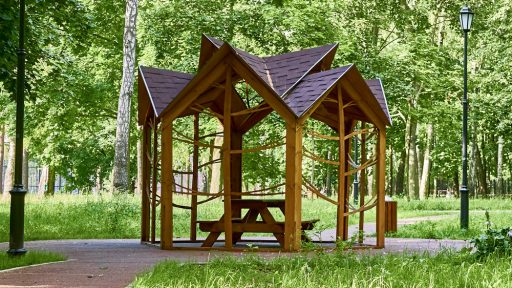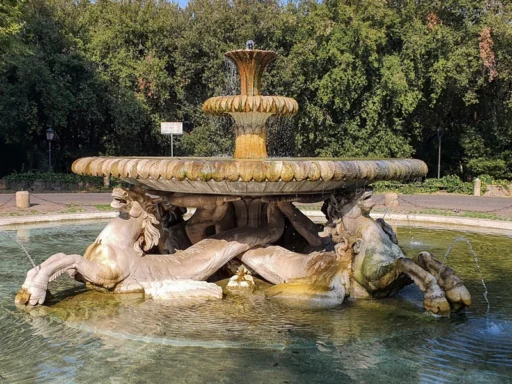Green areas in urban parks
Design guidelines
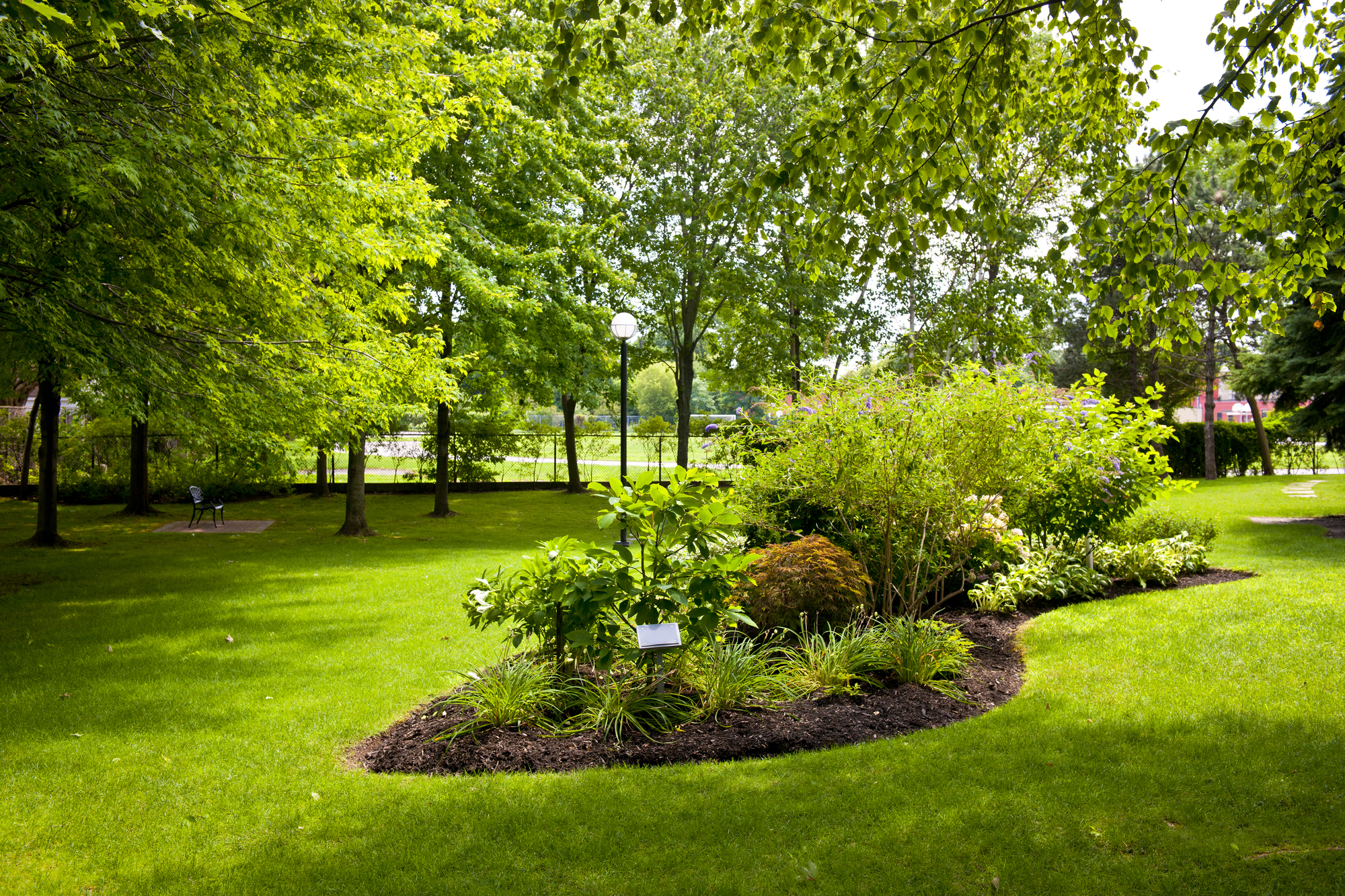
When it comes to urban public parks, green areas are a basic component for creating a harmonious and sustainable environment. Designing public parks with green spaces in mind is a crucial aspect of urban planning, as it not only improves aesthetics but also contributes to the overall well-being of the community.
From lush lawns and thriving trees to carefully maintained gardens, the use of greenery in urban park design can have a significant impact on the quality of life of residents and visitors. In this article we will explore the importance of incorporating green elements into the design of urban public parks and delve into some key guidelines that can help create inviting, eco-friendly spaces.
So, whether you are landscape architects, urban planners or simply people who appreciate the beauty of nature, get ready to discover how to design public parks with a strong green component.
The importance of green spaces in urban areas
The presence of green areas in urban areas is fundamental for multiple reasons.
First, greenery helps improve air quality by absorbing carbon dioxide and other air pollutants and producing oxygen through the process of photosynthesis. This is especially important in cities, where air pollution can reach worrying levels.
Secondly, green spaces support biodiversity, providing a habitat for plants and animals and creating an ecological balance within the urban environment.
Additionally, green has been shown to have a positive impact on people’s mental and physical well-being, reducing stress, improving mood and promoting an active lifestyle.
Finally, green spaces can serve as places for the community to meet and socialize, helping to create a sense of belonging and social cohesion.
To achieve all these benefits, it is essential to design urban public parks with a significant green component. Every design element, from the size and layout of green spaces to the use of sustainable materials, should be carefully thought out to maximize the contribution of greenery to the urban environment. Let’s see what the fundamental principles are to follow when designing urban public parks.
Design principles of urban public parks
- Think holistically. The design of public parks should be integrated into the surrounding environment, taking into account natural features and the needs of the local community. For example, it is important to consider the position of the sun and wind to ensure good natural lighting and ventilation, as well as accessibility needs for people with disabilities.
- Create a variety of green spaces. Public parks should offer a variety of green spaces, such as lawns, trees, gardens and areas of natural vegetation. This allows us to meet the diverse needs of the community, providing places for recreational activities, relaxation and contemplation of nature.
- Promote biodiversity. The design of public parks should encourage the presence of different plant and animal species, creating an environment conducive to biodiversity. This can be done by using native plants, providing refuges for wildlife, and promoting eco-friendly gardening practices.
- Plan maintenance. During the design phase, it is essential to also consider aspects related to park maintenance. Choosing plants that are resistant to disease and local environmental conditions, as well as planning efficient maintenance routes, will help ensure the park remains in good condition over time.
- Irrigation system. During the design phase, an irrigation system suitable for the various areas involved must also be foreseen. Different solutions can also be adopted based on the organization of green spaces: tree areas, lawns, gardens, etc.
By following these basic principles, it is possible to create urban public parks that are not only beautiful, but also functional and environmentally friendly. However, the choice of plants to use in the design of public parks deserves special attention.
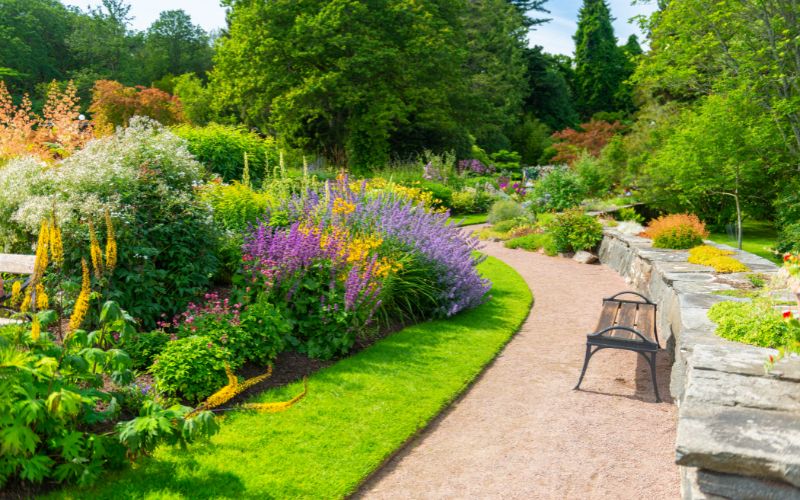
Choosing the right plants for the green areas of urban parks
Choosing the right plants for urban parks is essential to maintaining their beauty and ensuring their long-term health.
One of the main considerations is the availability of electricity and water in the park. Some plants require full sunlight, while others thrive in shaded areas. Likewise, water availability must be considered, as some plants are more resistant to drought than others. Exposure to wind and extreme temperatures must also be taken into account to ensure that plants can withstand the park’s climatic conditions.
The type of soil is another essential factor to consider when choosing plants for urban parks. Plants have different needs, such as acidic or alkaline, well-drained or moist soil. Furthermore, based on the climate zone, it is important to consider the ability of plants to resist low temperatures.
Insect and disease resistance should not be overlooked when choosing plants for urban parks. Some plants are more susceptible to pests and diseases, which can lead to increased maintenance efforts and costs. By choosing plants with natural resistance or tolerance to common pests and diseases, you can minimize these problems.
Aesthetic qualities are also important when choosing plants for urban parks. Growth habit, bloom season and colors, foliage texture, winter interest, wildlife benefits, and fall colors contribute to the park’s overall visual appeal. By carefully selecting plants that offer a variety of aesthetic qualities, you can create a visually stunning landscape year-round.
Involve the community in the design and maintenance of the park
A key element to the success of an urban public park is involving the community in its design and maintenance. Involving residents, local business owners and other stakeholders early in the project can lead to a greater sense of ownership and responsibility for the park. The community can provide valuable information about local needs and preferences, helping to create a park that meets the specific needs of the community.
Additionally, involving the community in park maintenance can reduce costs and ensure the park remains well-maintained over time. This can be done through volunteer programs, community gardening groups or collaborative agreements with local associations.
Reference regulations for the design of green areas
In Italy, the rules for greenery design in urban public parks are governed by the following rules:
- Law 10/2013, containing the rules for the development of urban spaces.
- Requirements by local authorities, which contain the preparatory guidelines for the design of public green areas by private operators.
Conclusions
In conclusion, greenery is an essential element in the design of urban public parks. It not only improves aesthetics, but also contributes to people’s physical and mental well-being, promotes biodiversity and creates meeting places for the community. By following the design principles and guidelines described in this article, you can create urban public parks that are beautiful, functional, and environmentally friendly. So, whether you are a landscape architect or a simple nature enthusiast, always remember the importance of integrating greenery into your urban public park designs. Your community and the environment will thank you.
Cover photo: @ elenathewise su Depositphotos.com






























































